Home>Gardening & Outdoor>Landscaping Ideas>What Type Of Grass Is Used In Sod
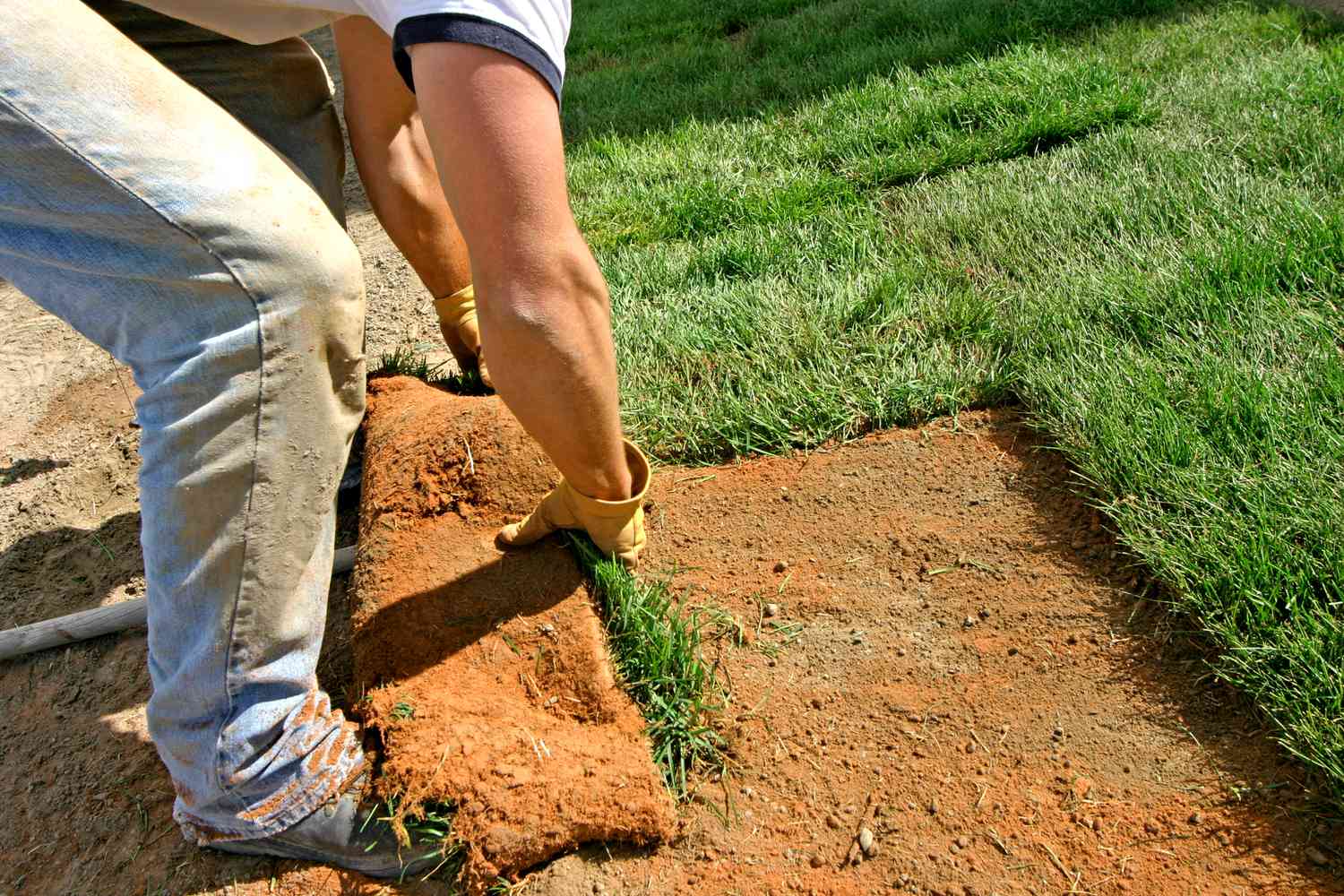

Landscaping Ideas
What Type Of Grass Is Used In Sod
Modified: March 28, 2024
Discover the best type of grass used in sod for your landscaping ideas. Learn about the different options and find the perfect fit for your lawn.
(Many of the links in this article redirect to a specific reviewed product. Your purchase of these products through affiliate links helps to generate commission for Storables.com, at no extra cost. Learn more)
Introduction
Welcome to the lush world of landscaping, where the vibrant green of a well-maintained lawn can transform any outdoor space into a picturesque haven. When it comes to creating a beautiful, verdant lawn, the type of grass used is of utmost importance. One popular method for establishing a healthy lawn quickly is through the use of sod. Sod, also known as turf, is essentially pre-grown grass that is cultivated by professional growers and then rolled out onto prepared soil. This method provides an instant lawn, offering immediate beauty and functionality to any outdoor area.
In this article, we will delve into the world of sod and explore the different types of grass commonly used in sod installation. Understanding the various types of sod grass available will empower you to make informed decisions when it comes to selecting the best option for your specific landscaping needs. Whether you are aiming for a durable play area for children, an aesthetically pleasing backdrop for outdoor gatherings, or a low-maintenance yet visually striking lawn, choosing the right sod grass is essential for achieving your desired outdoor oasis.
Key Takeaways:
- Instantly transform your outdoor space with sod, a pre-grown grass that provides immediate beauty and functionality, offering a lush, green lawn in just a matter of days.
- Choose the right sod grass for your specific needs by considering factors such as climate, usage, maintenance, appearance, and local regulations, ensuring a thriving, resilient lawn that enhances your outdoor oasis.
Read more: What Kind Of Grass Is Sod
What Is Sod?
Sod, often referred to as turf, is essentially a thin layer of soil with grass already growing on it. It is professionally cultivated by growing grass on a medium of peat or other suitable material to form a dense root structure. Once the grass has matured, it is carefully cut into rolls or sheets, along with a thin layer of soil, and then transported to the installation site. This method allows for the immediate establishment of a mature lawn, providing an instant green carpet that greatly enhances the visual appeal of the landscape.
One of the primary advantages of using sod is the speed at which it can transform a bare patch of soil into a lush, green lawn. Unlike traditional seeding methods, which can take several weeks to germinate and establish, sod provides an instant lawn that is ready for use in a matter of days. Furthermore, sod can be installed at almost any time of the year, as long as the ground is not frozen, making it a versatile option for landscaping projects.
When installed correctly, sod forms a seamless carpet of grass that effectively prevents soil erosion and minimizes weed growth. It also creates a stable surface that is ideal for recreational activities and outdoor gatherings. Additionally, sod helps to cool the surrounding environment, reduce dust, and improve air quality, making it an environmentally friendly choice for landscaping.
Overall, sod offers a convenient and efficient way to establish a healthy, vibrant lawn that instantly enhances the beauty and functionality of any outdoor space.
Types of Grass Used in Sod
When it comes to selecting the right sod for your landscaping project, it’s essential to consider the type of grass that best suits your specific needs and the local climate. Different varieties of grass offer unique characteristics in terms of appearance, durability, and maintenance requirements. Here are some of the most common types of grass used in sod:
- Zoysia Grass: Zoysia is a warm-season grass known for its dense, lush growth and excellent tolerance to heat and drought. It thrives in full sun and has a high tolerance for foot traffic, making it an ideal choice for lawns that experience heavy use. Zoysia grass is prized for its fine texture and attractive green color, providing a visually appealing and durable lawn.
- Bermuda Grass: Bermuda grass is another warm-season variety that is well-suited for sod installation. It is highly resilient and can withstand heavy foot traffic, making it a popular choice for sports fields and recreational areas. Bermuda grass is known for its rapid growth and ability to recover quickly from damage, making it a practical option for high-traffic areas.
- Fescue Grass: Fescue is a cool-season grass that thrives in moderate climates with mild summers and winters. It is valued for its shade tolerance and ability to maintain its green color throughout the year. Fescue grass is often chosen for its low maintenance requirements and adaptability to a variety of soil types, making it a versatile option for residential lawns.
- Bluegrass: Kentucky bluegrass is a cool-season grass known for its fine texture and rich green color. It forms a dense, lush lawn that is well-suited for cooler climates with moderate temperatures. Bluegrass is valued for its ability to spread and fill in bare patches, creating a uniform and attractive lawn that is ideal for residential landscapes.
- Centipede Grass: Centipede grass is a warm-season variety that is well-suited for southern climates with acidic soils. It has a low maintenance requirement and exhibits good tolerance to heat and drought. Centipede grass is valued for its low growth habit and light green color, providing a unique aesthetic for lawns in its growing region.
Each type of grass used in sod offers distinct advantages and considerations, so it’s important to assess your specific landscaping needs and the local climate when making a selection. By choosing the right sod grass for your project, you can create a vibrant, healthy lawn that enhances the beauty and functionality of your outdoor space.
When choosing sod, consider the type of grass that best suits your climate and soil. For example, warm-season grasses like Bermuda and Zoysia are good for hot climates, while cool-season grasses like Kentucky Bluegrass and Fescue are better for cooler regions.
Factors to Consider When Choosing Sod Grass
When selecting the ideal sod grass for your landscaping project, several important factors should be taken into consideration to ensure the successful establishment of a healthy and visually appealing lawn. By carefully evaluating these key elements, you can make an informed decision that aligns with your specific needs and the local environmental conditions. Here are the essential factors to consider when choosing sod grass:
- Climate and Growing Conditions: Assess the local climate and growing conditions to determine the most suitable type of sod grass for your area. Consider factors such as temperature range, sunlight exposure, and soil type to select a grass variety that thrives in your specific environment.
- Usage and Traffic: Evaluate the intended usage of the lawn and the level of foot traffic it will experience. If the lawn will serve as a play area for children or pets, or if it will be subjected to frequent recreational activities, prioritize sod grass varieties known for their durability and resilience to heavy use.
- Maintenance Requirements: Consider the maintenance demands of different sod grass types, including mowing frequency, watering needs, and fertilizer requirements. Choose a grass variety that aligns with your desired level of maintenance, whether you prefer a low-maintenance lawn or are willing to invest more effort in upkeep for specific aesthetic or functional benefits.
- Appearance and Aesthetic Preferences: Take into account the visual characteristics of various sod grass types, such as color, texture, and density. Select a grass variety that complements the overall aesthetic of your landscape design and satisfies your preferences for lawn appearance and feel.
- Local Regulations and Restrictions: Familiarize yourself with any local regulations, homeowner association guidelines, or water restrictions that may influence your choice of sod grass. Some areas have specific requirements or limitations regarding the types of grass that can be used for landscaping purposes, so it’s important to adhere to any relevant regulations.
By carefully evaluating these factors and conducting thorough research, you can make an informed decision when choosing the most suitable sod grass for your landscaping project. Taking into account the unique characteristics and requirements of different grass varieties will enable you to establish a thriving, resilient lawn that enhances the beauty and functionality of your outdoor space.
Conclusion
Choosing the right sod grass is a crucial step in creating a vibrant, healthy lawn that enhances the beauty and functionality of your outdoor space. By understanding the various types of grass used in sod and considering the essential factors that influence your selection, you can make an informed decision that aligns with your specific landscaping needs and the local environmental conditions.
Whether you prioritize durability for high-traffic areas, low maintenance requirements, or specific aesthetic preferences, there is a sod grass variety that can meet your unique requirements. From the lush density of Zoysia grass to the resilience of Bermuda grass and the adaptability of Fescue and Bluegrass, each type of sod grass offers distinct advantages that can contribute to the success of your landscaping project.
It’s important to assess the climate, usage, maintenance needs, and local regulations when choosing sod grass, as these factors play a significant role in the long-term health and appearance of your lawn. By carefully evaluating these considerations and conducting thorough research, you can select a sod grass variety that will thrive in your specific environment and provide lasting beauty and functionality.
Ultimately, the right choice of sod grass will result in a lush, vibrant lawn that serves as a welcoming backdrop for outdoor activities, a source of natural cooling and air purification, and a visually appealing element of your landscape design. Whether you are establishing a new lawn or renovating an existing one, the selection of the most suitable sod grass is a fundamental step in creating an outdoor oasis that brings joy and relaxation to your daily life.
With the wealth of options available and the guidance of professional landscapers, you can confidently embark on your sod installation journey, knowing that you are making a well-informed decision that will yield a beautiful, resilient lawn for years to come.
Frequently Asked Questions about What Type Of Grass Is Used In Sod
Was this page helpful?
At Storables.com, we guarantee accurate and reliable information. Our content, validated by Expert Board Contributors, is crafted following stringent Editorial Policies. We're committed to providing you with well-researched, expert-backed insights for all your informational needs.
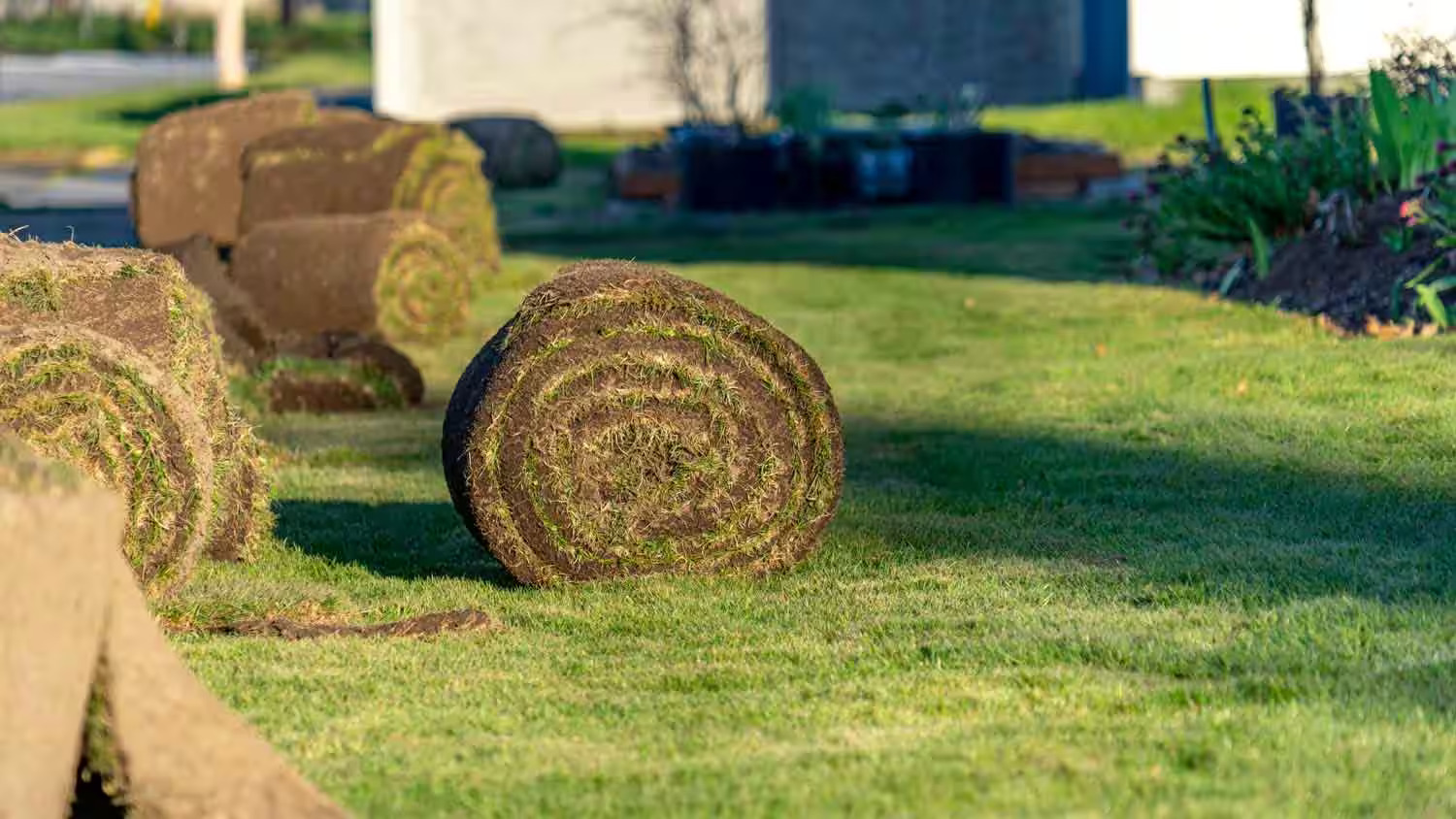



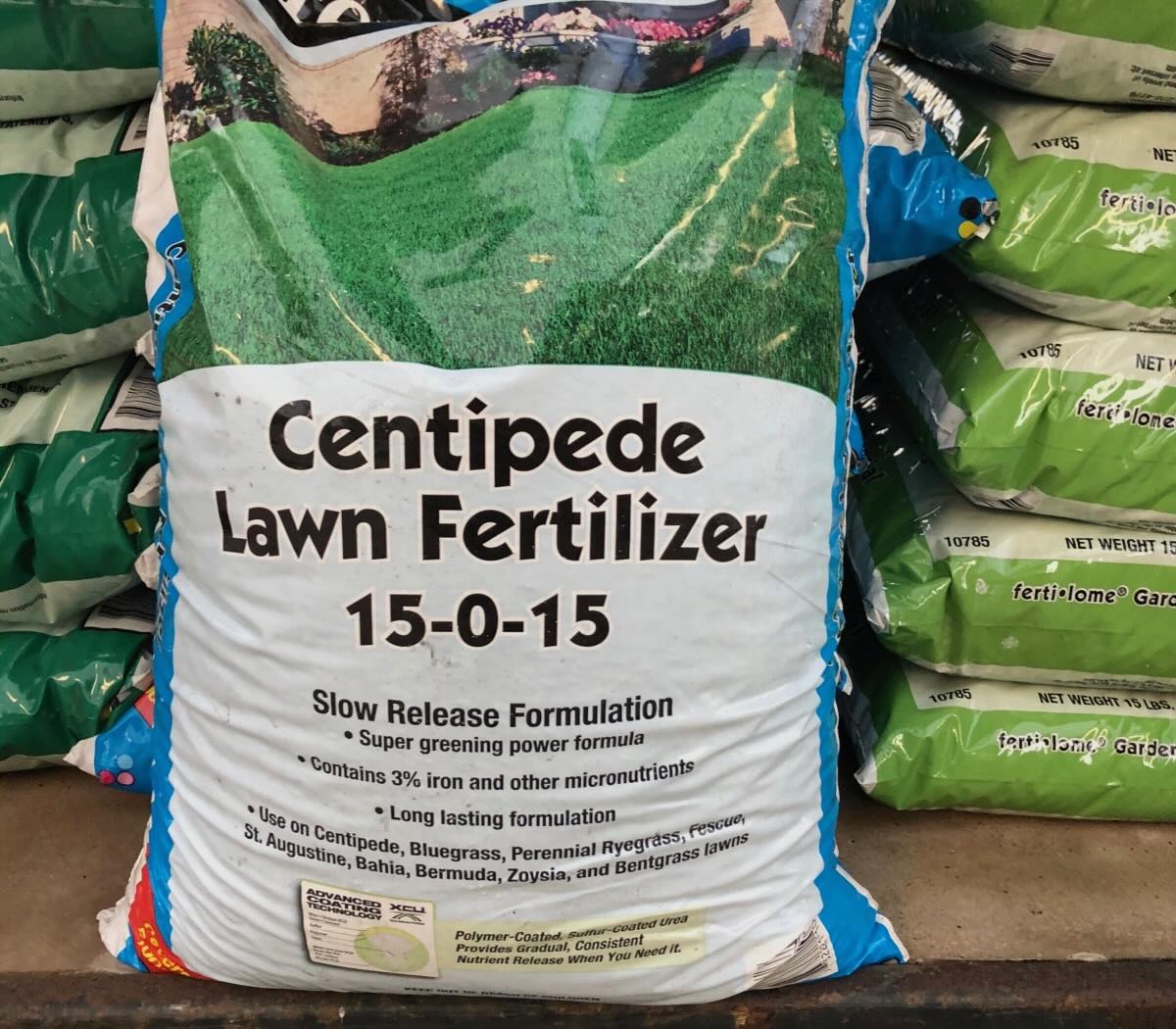
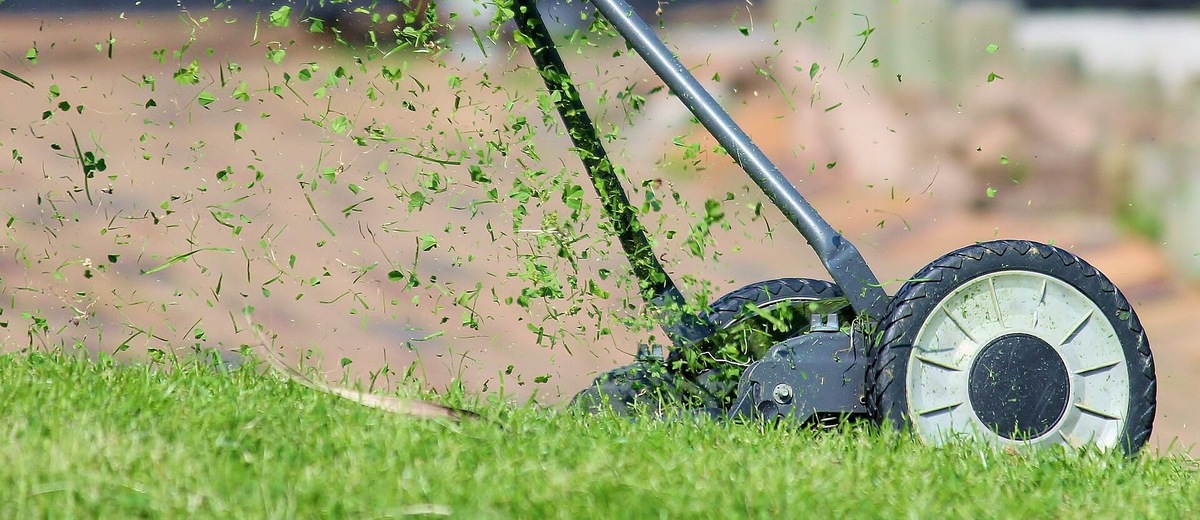
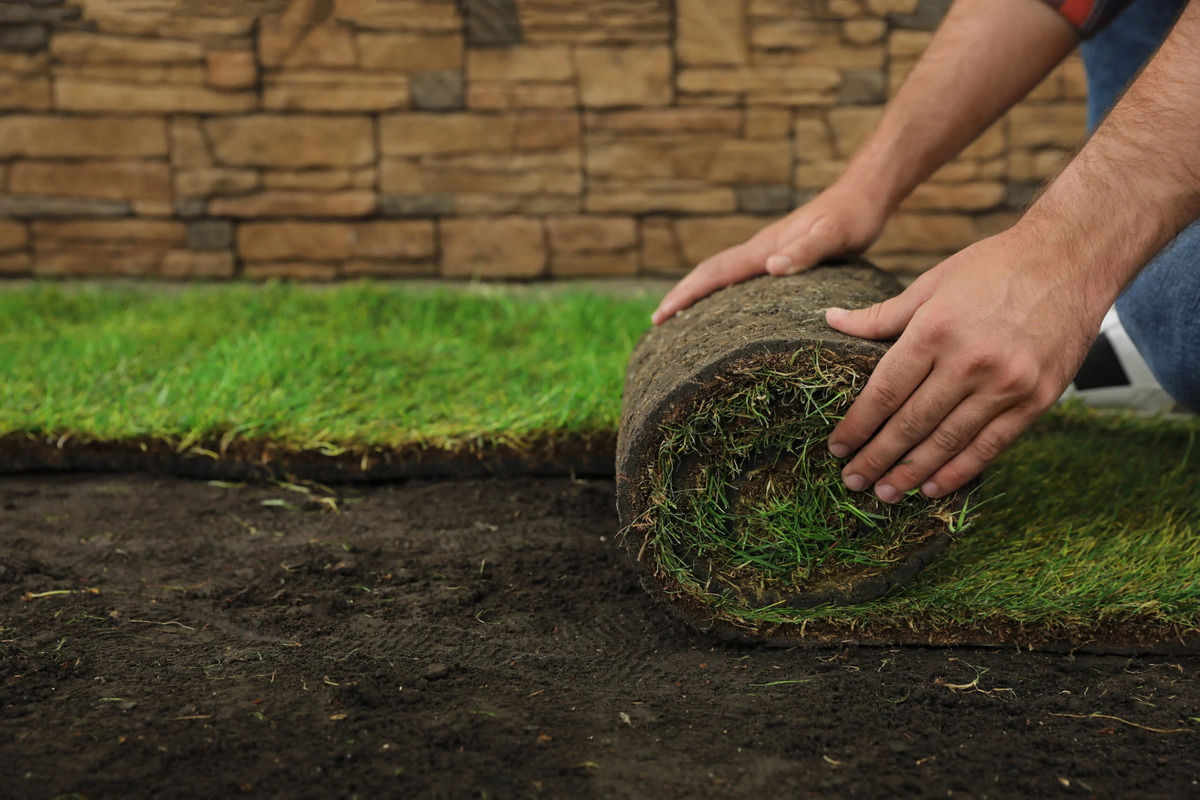
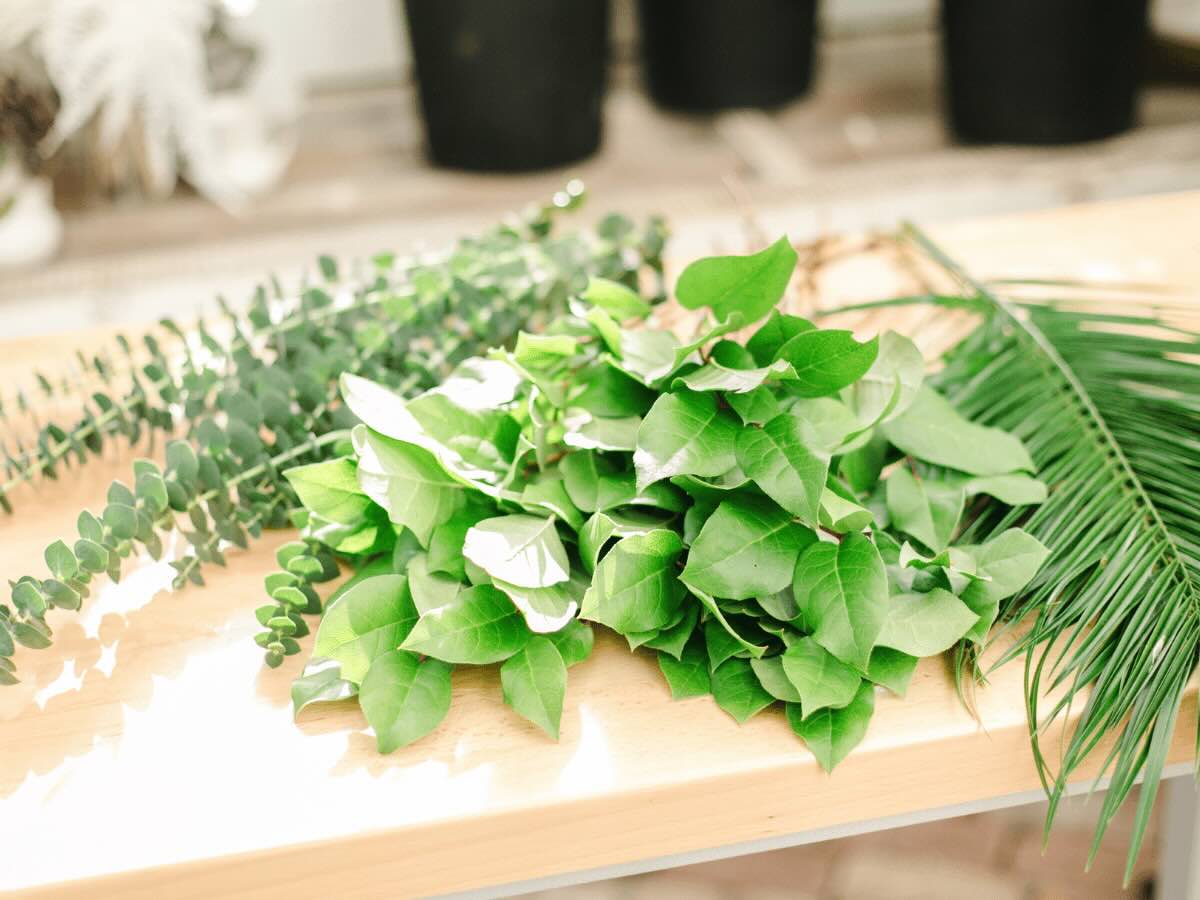
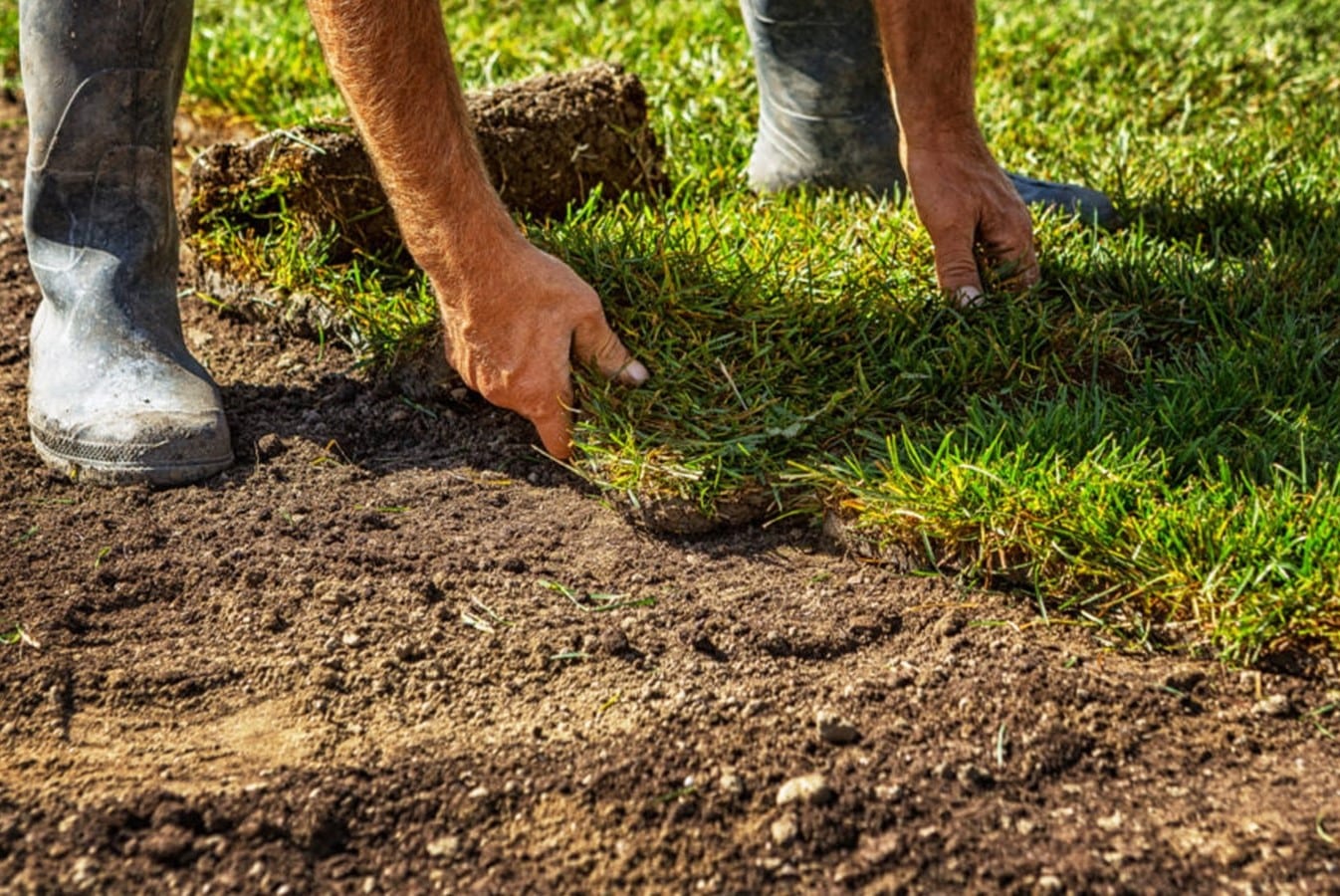
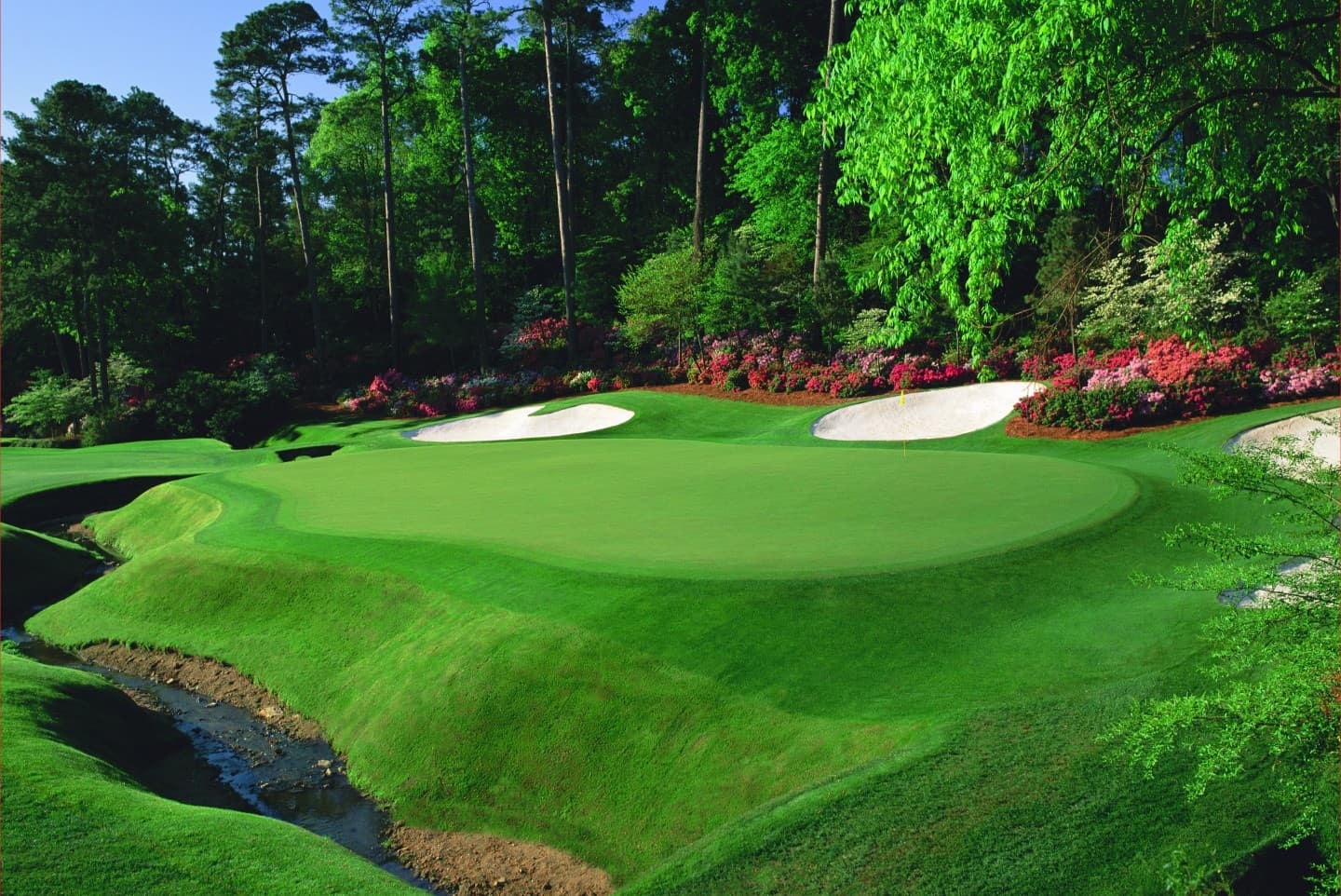
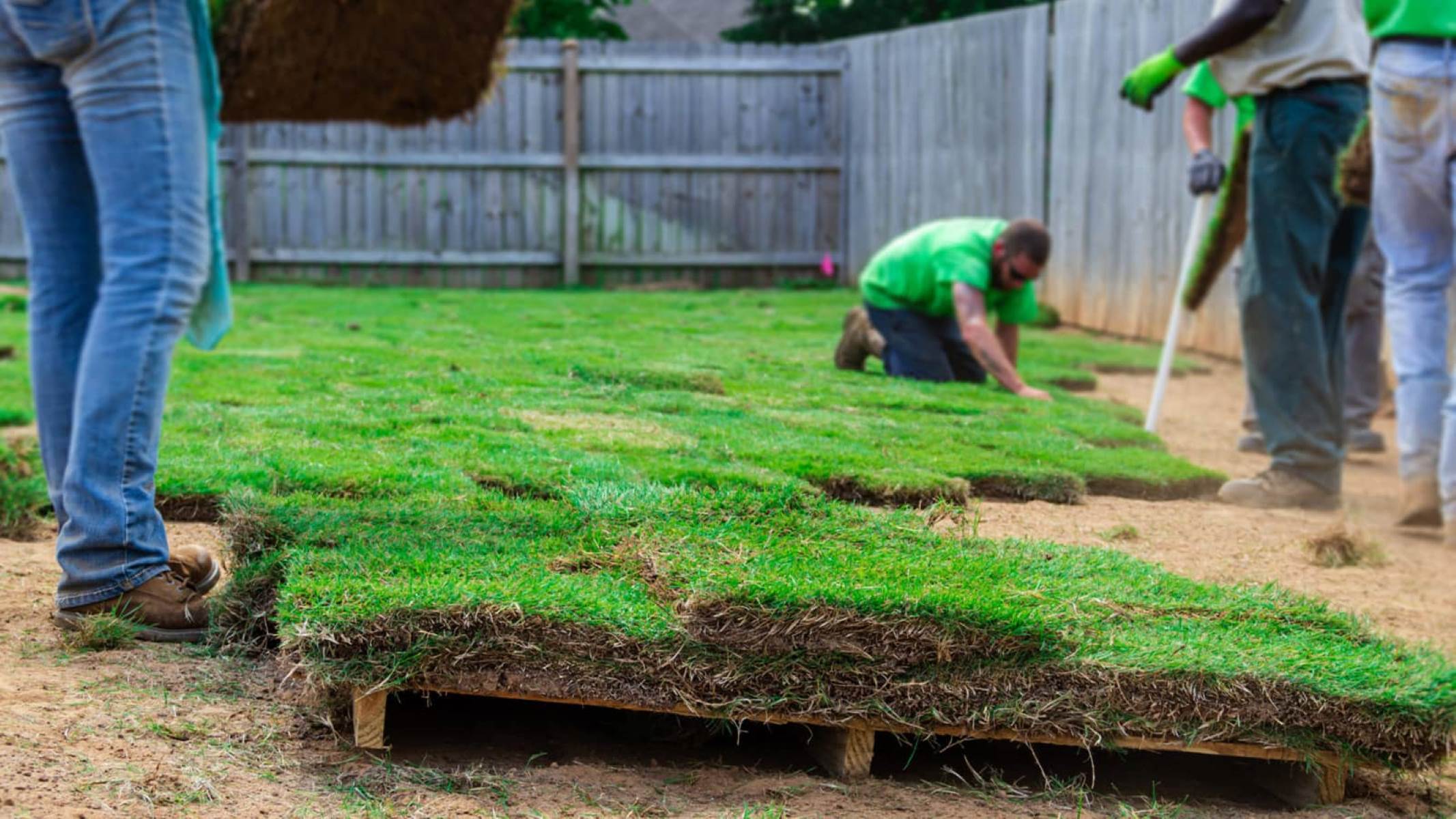
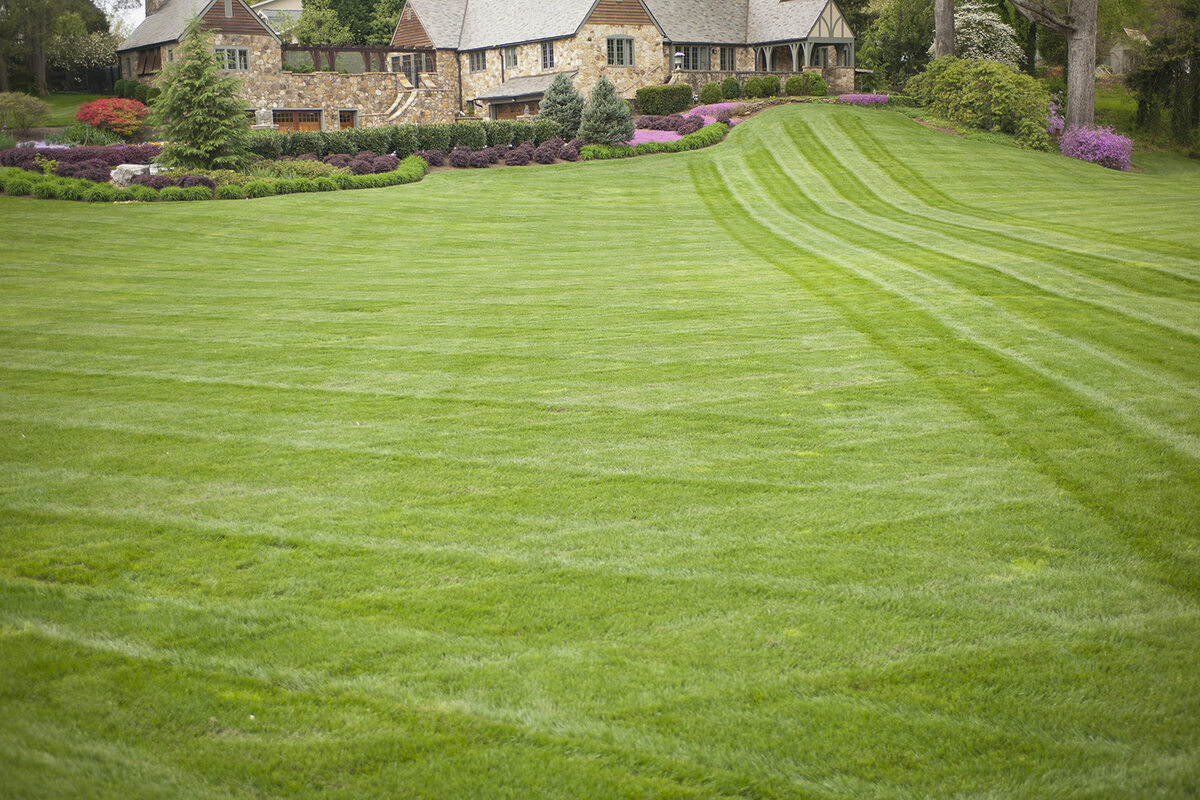
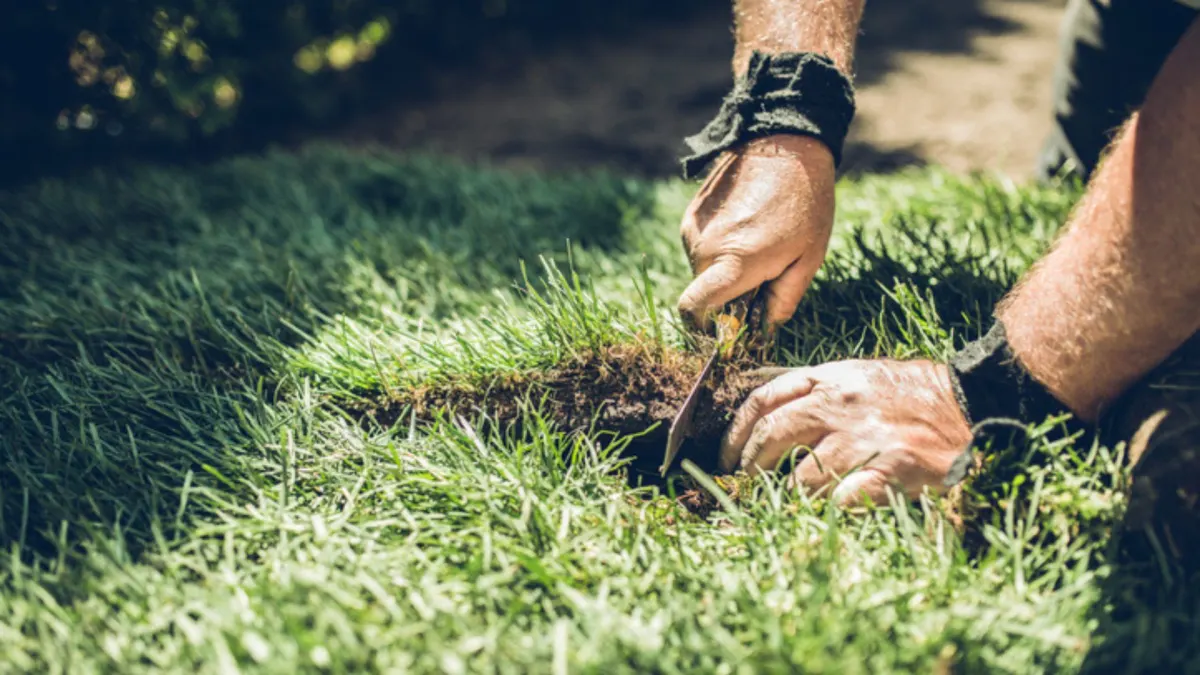
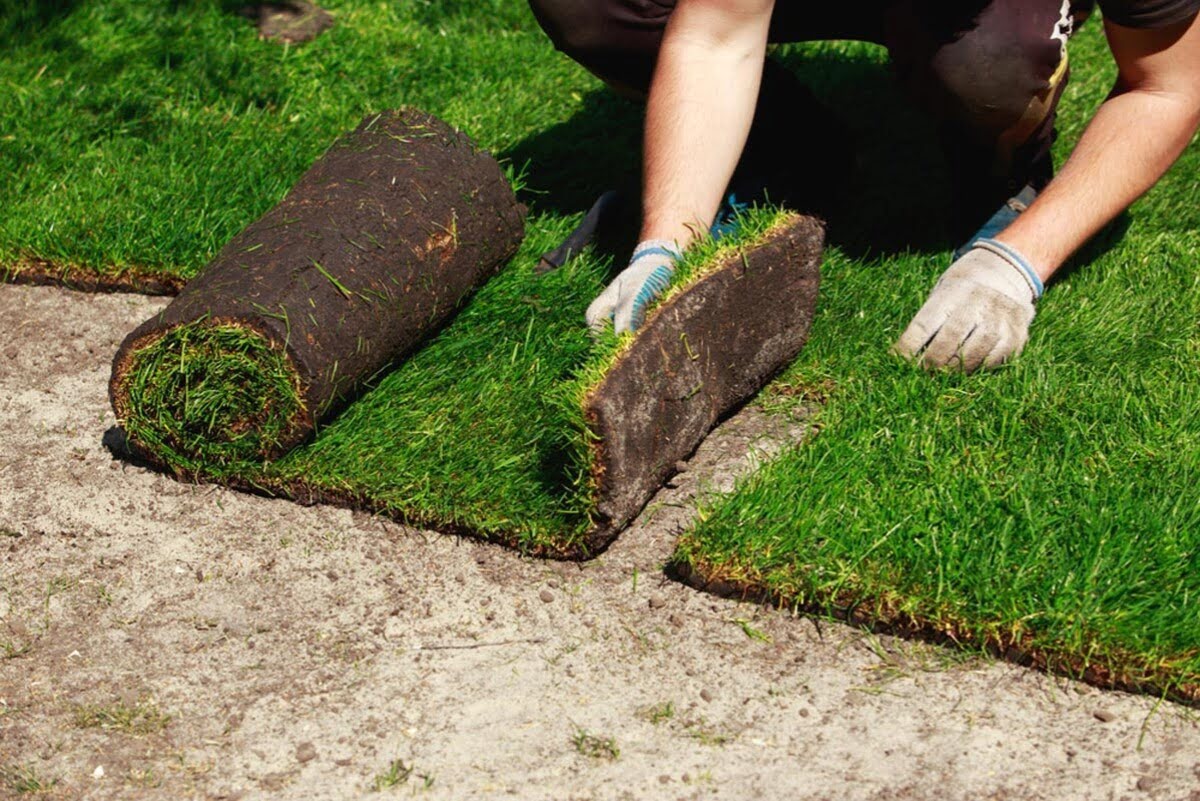
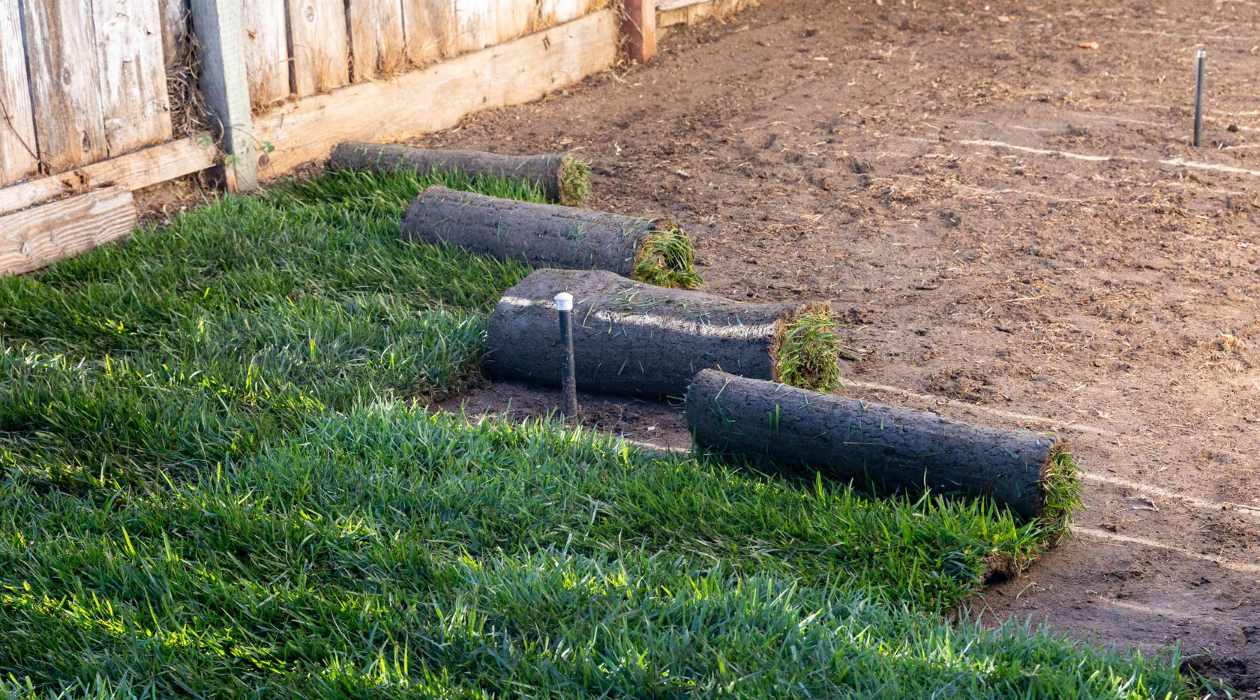

0 thoughts on “What Type Of Grass Is Used In Sod”